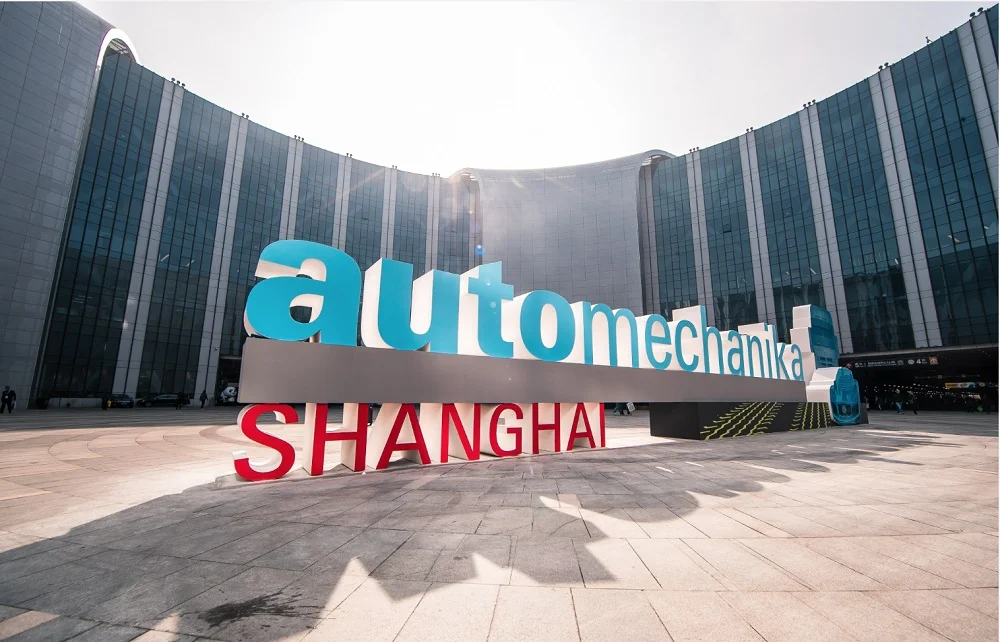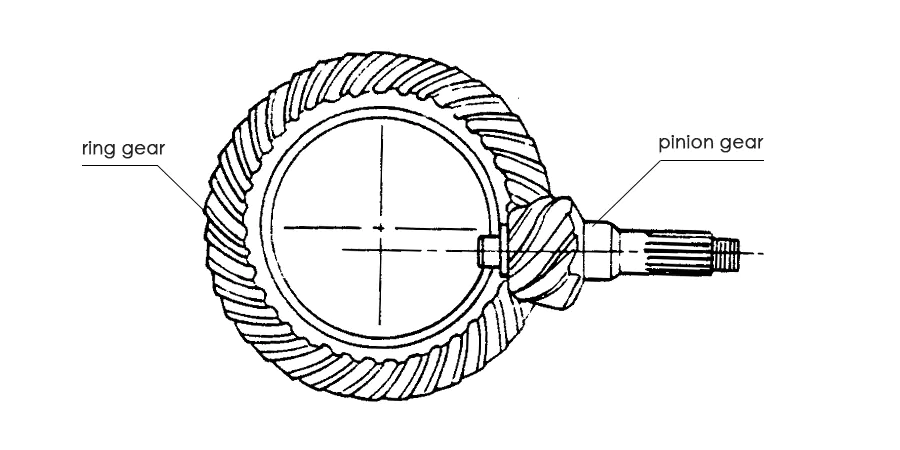Crown wheel and pinion gears are essential components in a vehicle’s drivetrain, particularly within the differential. They are responsible for transferring torque from the driveshaft to the wheels, enabling smooth vehicle operation during maneuvers such as turning and adapting to varying road conditions. The manufacturing of these gears is a complex process that demands precision engineering and advanced technology. Below is a detailed exploration of how crown wheel and pinion gears are manufactured.

Material Selection
The manufacturing process begins with selecting the right material, as crown wheel and pinion gears must endure high loads and resist wear over extended periods. Typically, high-grade alloy steels such as chromium-molybdenum steel or nickel-chromium steel are used due to their excellent strength, toughness, and resistance to fatigue. These alloys are designed to meet the demanding conditions of high torque transmission and long service life.
Forging the Gear Blanks
After the material is selected, it is heated to high temperatures and forged into rough gear blanks. This process helps improve the material’s grain structure, which enhances the strength and durability of the finished product. Forging also reduces the need for excessive machining in later stages, as the rough shape of the gear is already formed.
Precision Machining
The forged blanks undergo precision machining to achieve the required geometry. This involves turning operations to create the initial profile and milling to refine the shape. Computer Numerical Control (CNC) machines are commonly employed at this stage to ensure the gears are machined to precise dimensions. The accuracy provided by CNC machining is critical, as even minor deviations can affect the gear’s performance.
Gear Cutting
The next step is to create the gear teeth, which are the defining features of crown wheels and pinions. Specialized machines such as gear hobbing or gear shaping machines are used to cut the teeth. For spiral bevel gears, which are common in crown wheel and pinion assemblies, Gleason or Klingelnberg machines are employed. These machines are capable of producing highly complex and precise tooth profiles, ensuring smooth engagement and efficient torque transfer.
Heat Treatment
Once the teeth are cut, the gears are subjected to heat treatment to enhance their mechanical properties. Heat treatment processes such as carburizing or induction hardening increase the surface hardness of the gears while retaining a tough and ductile core. This balance of hardness and toughness is essential for gears that operate under cyclic loads and high stresses. Heat treatment also improves the gear’s resistance to wear and deformation.
Grinding and Finishing
After heat treatment, the gears undergo grinding to refine the tooth profiles and achieve the desired surface finish. This step is crucial for minimizing friction and ensuring efficient power transmission. Grinding also corrects any distortions that may have occurred during heat treatment, ensuring the gears meet tight tolerance requirements. For critical applications, the surfaces of the teeth are polished to a mirror-like finish, which reduces noise and enhances operational efficiency.
Quality Control
Every crown wheel and pinion gear must pass rigorous quality control tests before it is deemed fit for use. Dimensional accuracy is verified using Coordinate Measuring Machines (CMMs), which ensure that all measurements meet specified tolerances. Load testing is conducted to confirm the gears can handle the expected torque and stress levels. Noise and vibration tests are performed to guarantee quiet operation, particularly for gears used in passenger vehicles.
Surface Treatment
To protect the gears from corrosion and further wear, a surface treatment is often applied. Common methods include phosphating or nitriding, which enhance the gear’s resistance to environmental factors and extend its operational lifespan.
Assembly and Integration
Finally, the crown wheel and pinion gears are assembled into the differential housing. Proper alignment and installation are crucial to ensure optimal performance. During assembly, technicians meticulously adjust the gear backlash and contact pattern to achieve the perfect fit. This step ensures that the gears transfer torque efficiently and operate without undue stress or noise.
Conclusion
The manufacturing of crown wheel and pinion gears is a meticulous process that combines material science, mechanical engineering, and advanced machining techniques. Each stage, from material selection to final assembly, is designed to ensure the gears meet the stringent requirements of modern automotive applications. With advancements in materials and manufacturing technologies, these components continue to evolve, delivering higher levels of efficiency, durability, and performance. Crown wheel and pinion gears remain a testament to the precision and ingenuity of engineering, playing a vital role in the smooth operation of vehicles worldwide.



